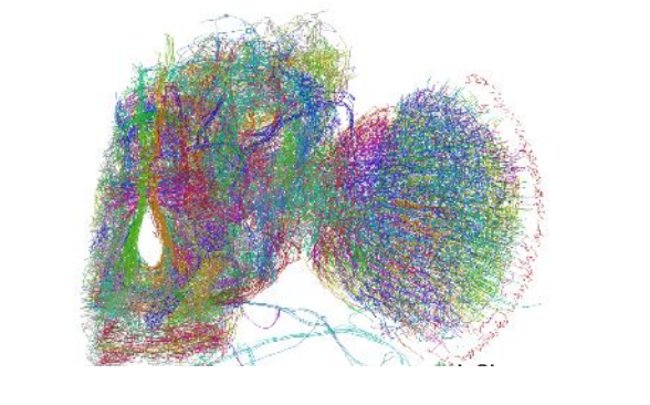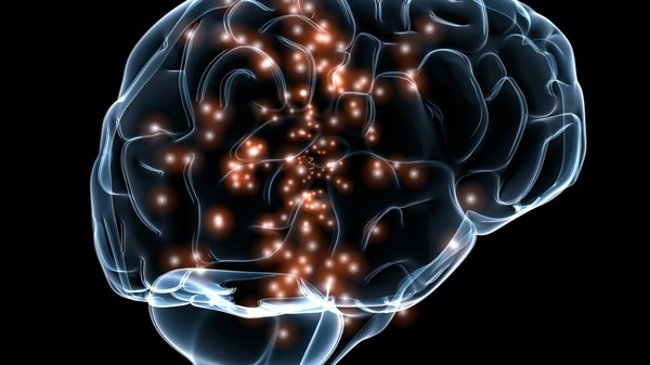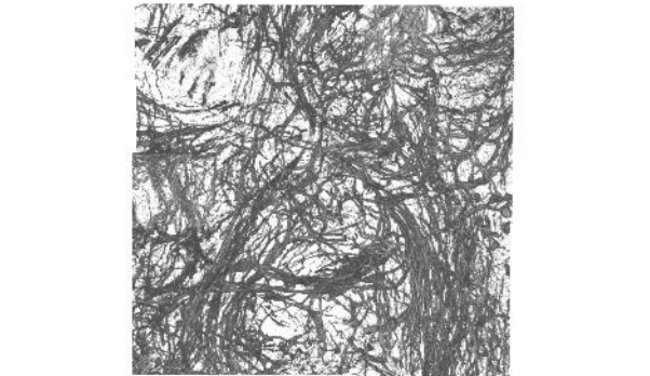It took 1700 hours to describe the brain of 'fruit flies' in 3D
Recently, a group of Tokai University scientists in Japan introduced the first three-dimensional ( 3D ) model of the " network " of Neonal network of fruit flies . The study of this group of scientists is an important step forward for neuroscience ( neuroscience insofa ) because it overcomes limitations in previous brain imaging techniques by giving an image. High resolution Neuron network, capable of describing the shape and location of about 100,000 neurons.
 It took 1700 hours to describe the brain of 'fruit flies' in 3D Picture 1 Photo source: Mizutani et al / Arxiv.
It took 1700 hours to describe the brain of 'fruit flies' in 3D Picture 1 Photo source: Mizutani et al / Arxiv.
As detailed in an article published on arxiv last month, researchers were able to accomplish this by re-setting the usual technical image target to create tissues. 3D shapes of complex molecules.
Known as an X -ray crystallography ( x-ray crystallography - the science of determining the arrangement of atoms within a crystal based on data on the dispersion of X-rays after projecting into the crystalline electrons ), this technique works with the first pure crystalline molecular molecule being studied. After constructing 3D images of X-rays and X-ray diffraction patterns, the results were obtained. The problem here is that the results of the X-ray diffraction model actually only show the density of the electrons inside the crystal, not the position of the average atom - which is indicated by the diffraction measurements. electron.
 It took 1700 hours to describe the brain of 'fruit flies' in 3D Picture 2
It took 1700 hours to describe the brain of 'fruit flies' in 3D Picture 2
However, when the Tokai team discovered and utilized this technique to describe a neural network (" networks of nerves" ) was a bit complicated. This is because atoms in the same molecule are different - they are considered as points lying in space. Neurons in the brain are like winding bends, making it difficult for researchers to illustrate their position and structure based on diffraction data.
Therefore, the team gradually refined this approach to images by using a technique called X -ray tomography ( x-ray tomography ). Instead of creating a brain- crystallized version of the fruit fly, the team immersed their brains in a silver dye solution. They then put the silver-dyed brain into X-rays to measure how much silver in the nerve cells absorbed the radiation. The data given by this technique is included in a computer imaging program, which uses that data to create a 3D model of the shape and location of nerve cells in the brain. of fruit flies.
 It took 1700 hours to describe the brain of 'fruit flies' in 3D Picture 3 The fruit fly's neuron network was captured at a resolution of 140 nanometers.Photo source: arXiv / Mizutani et al.
It took 1700 hours to describe the brain of 'fruit flies' in 3D Picture 3 The fruit fly's neuron network was captured at a resolution of 140 nanometers.Photo source: arXiv / Mizutani et al.
The final result of the goal of this biological imaging technique describes the neuron network of fruit flies as impressive. The first 3D image shows the location and nerve connections at a resolution of about 600 nm ( nanometer ), describing about 100,000 neurons. In particular, most of these neurons are represented by computer models, which can check the appropriateness of nerve connections. In addition, when any abnormality occurs, scientists can correct errors by hand.
By the time everything was completed and published, the researchers had to spend 1700 hours to create a " neural " network ( neuron ) - nearly 71 days round. This is a huge investment to be able to apply to neuron networks in the human brain: about 100 billion neurons. Obviously, this technique is not usable for the human brain however, it is an important step to figure out how to illustrate more complex brains.
You should read it
- How does daily activities affect the brain?
- 3 ways to kill flies do not cost a penny but very effective
- You are often teased as the 'goldfish brain', do not be sad this indicates you have a brain that works very well
- How to download Brain Out on the computer, install Brain Out on the computer
- Interesting discovery: Human brain is more flexible than chimp brain
- Stem cells help patch brain damage in stroke victims
- Answers to Test Brain Level 1 to 60 (updated continuously)
- Synthesis of answers game Brain Up
- The mechanism of sensory compensation and the magic of the brain
- 10 useful software to help you train your brain every day
- 7 brain training exercises that help you improve your memory and maintain a clear mind
- Scientists read the bird's brain and know what it is about to sing
May be interested

'Mars Garden - Martian Gardens' helps scientists find ways to grow vegetables on Mars

10 things you probably won't guess their purpose

Round your eyes with unique inventions about products you still use everyday

New research: Testing HIV by USB

What is a UAV (drone), how does one control it and what can it be used for?

How does Bill Gates' non-watering toilet work?






 3 ways to kill flies do not cost a penny but very effective
3 ways to kill flies do not cost a penny but very effective Now appears the devil fruit in Blox Fruit
Now appears the devil fruit in Blox Fruit Hanging a water balloon bag to chase flies, is this really effective? See how science is evaluated
Hanging a water balloon bag to chase flies, is this really effective? See how science is evaluated You may have to 'pay a heavy price' for swishing flies and mosquitoes that land on your body
You may have to 'pay a heavy price' for swishing flies and mosquitoes that land on your body What is the best time to eat fruit at the time of day?
What is the best time to eat fruit at the time of day? How to play Revive Blox Fruit
How to play Revive Blox Fruit